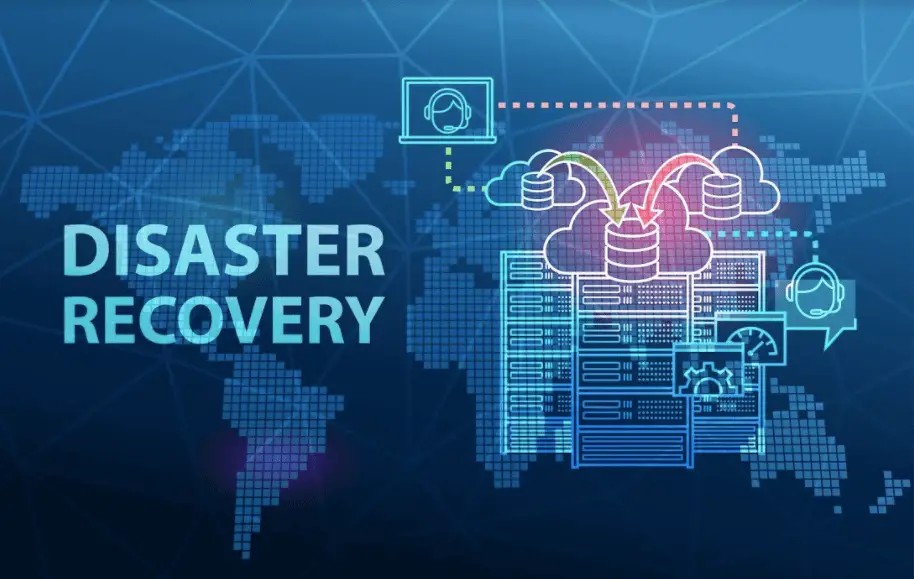Disaster recovery (DR) is the process of protecting your application from anything that puts it at risk. It can be a network outage or a natural occurrence whose outcome can’t be controlled. It’s very important that whenever it happens, you can be able to restore your applications and resume normal operations as quickly as possible. This will ensure that users face minimal inconvenience.
This article aims to discuss some of the main best practices for disaster recovery on Oracle Cloud you should keep in mind as a CTO or CSO.

-
Have A Written Plan
When your business is in such a crisis, you won’t have enough time to start strategizing on how to restore the affected areas. Even a plan that’s already in an employee’s head may not be efficiently put into practice. As such, the best way to deal with this type of scenario is to have an already-written plan. Doing so will ensure that you do things in a procedural manner. Everyone will be aware of what’s required of them from the word go.
In the long run, you’ll save your organization the much-needed time. The crucial departments will be back in operation within a few minutes or hours, hence shortening the downtime. Inasmuch as there’ll still be some inconvenience to the clients, it’ll be more bearable as compared to when you have no written plan.
-
Update Your DR Plan Accordingly
Oracle Cloud is rapidly changing, and updates come in every now and then. In fact, that’s not the only thing that changes in your system. A software or hardware update may have a huge impact on your overall plan. Owing to this fact, it’s only wise to keep adjusting your DR plan to fit the current situation.
Whenever a company makes policy changes, the DR plan is often overlooked. It’s important to make sure that the changes are reflected on your current strategy. You ought to remember that even non-technical updates can also impact this plan. For instance, personnel changes mean that the new crew needs to be taken through some form of internal training. On the same breath, the responsible departments will also need to make a few changes to utilize the new strengths.
-
Have Your Backup Elsewhere
Having all your data in Oracle Cloud means that you could lose all of them if a disaster occurs. If you’re not careful, such an occurrence could burn your business down to ashes. Therefore, like any other technology-based system, you’ll need to back up all your essential files. It might seem obvious, but it’s worth noting that these files should be stored in another location that’s independent from Oracle Cloud.
In fact, they shouldn’t also be stored in your current building or within a few miles. The best way is to have your servers in a different geographical area. Other things that need to be different include the utility providers and weather patterns. In case your main servers are hit by a natural disaster or network failure, the backup servers will not be affected. Having both systems down can be quite disastrous.
-
Use Realistic Scenarios To Test Your Plan
Whether your company has been a victim before or not, it’s important to test if your DR plan works fine. Bring experts on board to have a look at the whole strategy and give their feedback. Does it cover all the possible scenarios? Is the plan detailed enough for the current crew to understand? These are some of the questions that the professionals should answer.
Most companies test their DR plans by having teams read through them and give feedback. You should, however, go a step further and execute the plan. Observing it from a practical standpoint will let you see the areas that require a few tweaks and those that need to be scrapped off.
-
Plan To Resume As Normal
You can have your DR plan and all, but it won’t be a complete strategy if you don’t go back to your normal operations. Depending on the gravity of the situation, you should put a deadline for when everything should resume. It can be quite challenging due to the inevitable changes that might have taken place when executing your DR plan. Therefore, you should have a documented procedure on how things will be handled. Of course, the best method is to deal with one department after the other rather than resuming everything at once.
Final Thoughts
A disaster recovery plan is something that every business (whether online or offline) should have in place. Apart from documenting it, the relevant procedures should be updated whenever there are any changes to the system. Another best practice that you should keep in mind is to have an offsite backup of your files. Finally, make sure you also have s good plan for resuming normal operations.







Add Comment